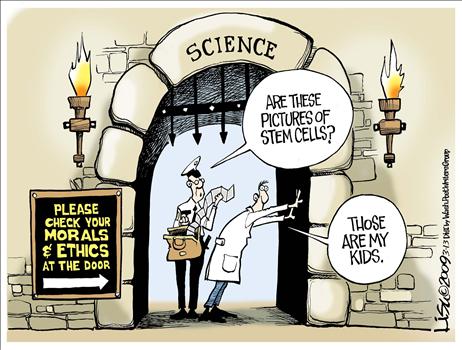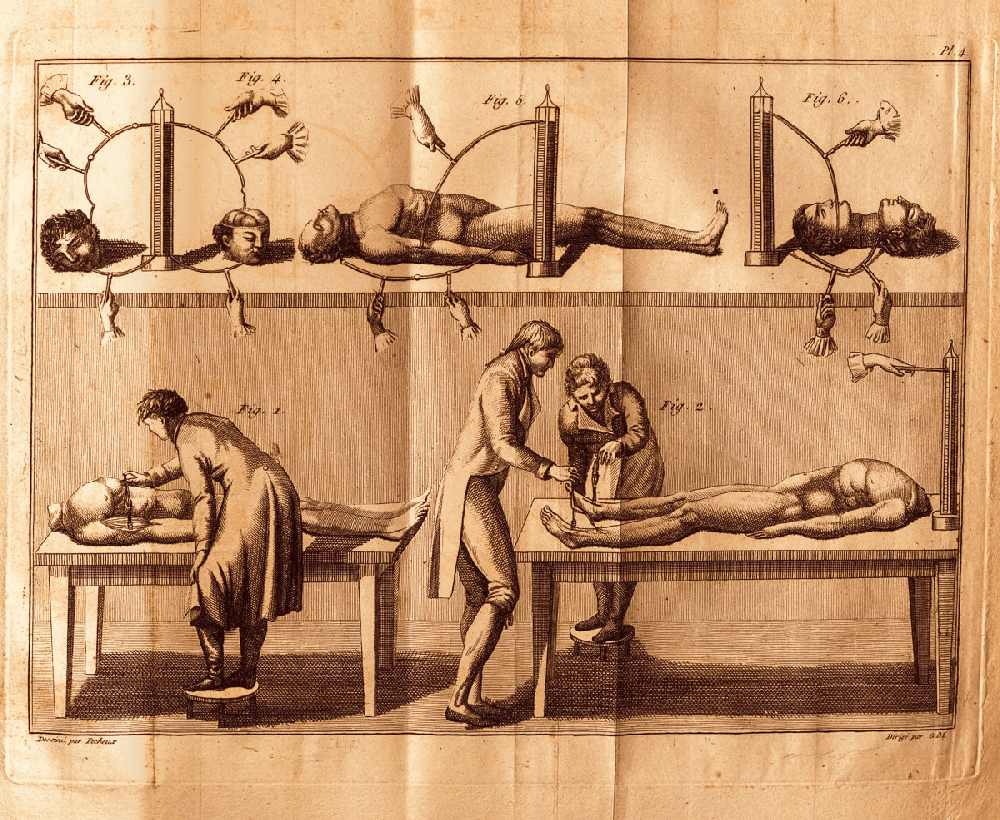
The current, popular view of the novel Frankestein is that it describes the horrors consequent upon scientific experimentation; the pursuit of science leading inevitably to tragedy. Shelley was no stranger to current research. She would listen to philosophical and scientific discussions among her circle of intellectual friends. Furthermore, she reveals in the introduction of her 1831 edition that the popular galvanism experiments were a potential impetus for bringing the creature to life.
What is good and bad behaviour? What makes you a good person and what makes you an evil person? What happens if you interrup the natural order?
Frankenstein is a story of ethical responsabilities and deals with good and evil. The pursuit of knowledge and ambitious lead you to the limits between right or wrong. The story is about our limitations as a human beings, knowledge beyond what nature will allow.
Shelley believed that men didn´t play fair and good and all the scientific era and the ambition to become someone and to create something that changed the style of life lead to isolation and loneliness.
Mary Shelley expressed that Frankenstein is about responsability and how human beings behave, apart from that, it was the age of reason, the power of the human mind above all.
The themes related to the story, ambition, revenge, prjudice are connected to our ethics and morality in our life and the same things happen in the story.
Should Victor give up on his dream? Interrupting the natural order may cost lives and sanity. Victor violates a cultural tradition that the world is not ready for. Ethically speaking, he should have not created life from death.
The story reflects the hopes and fears of a scientific era, but did Victor take the consequences of science into account?

Comentarios
Publicar un comentario